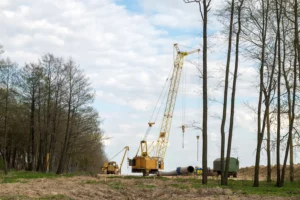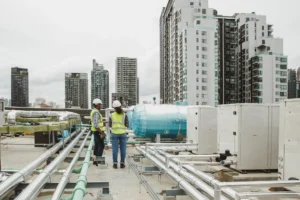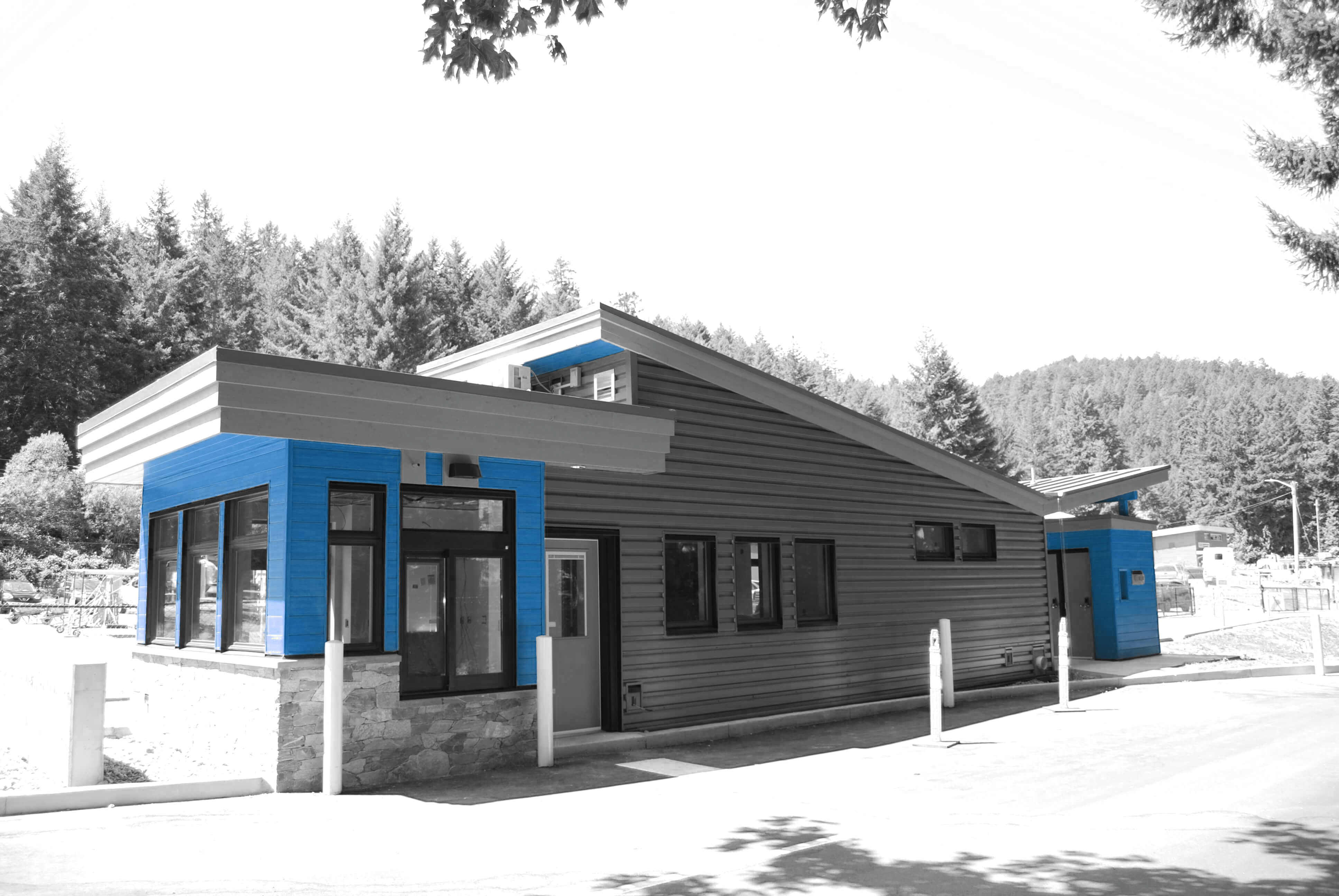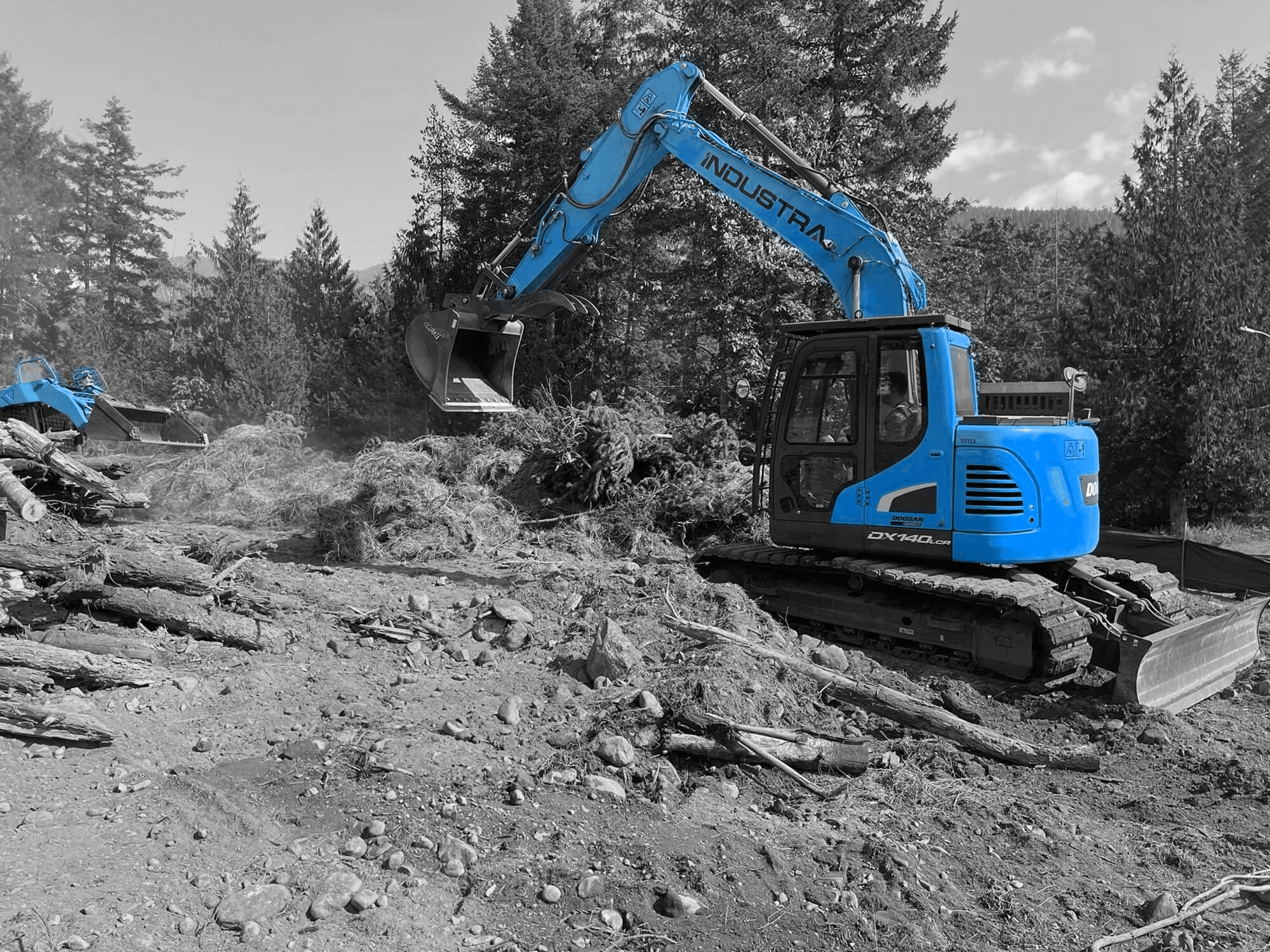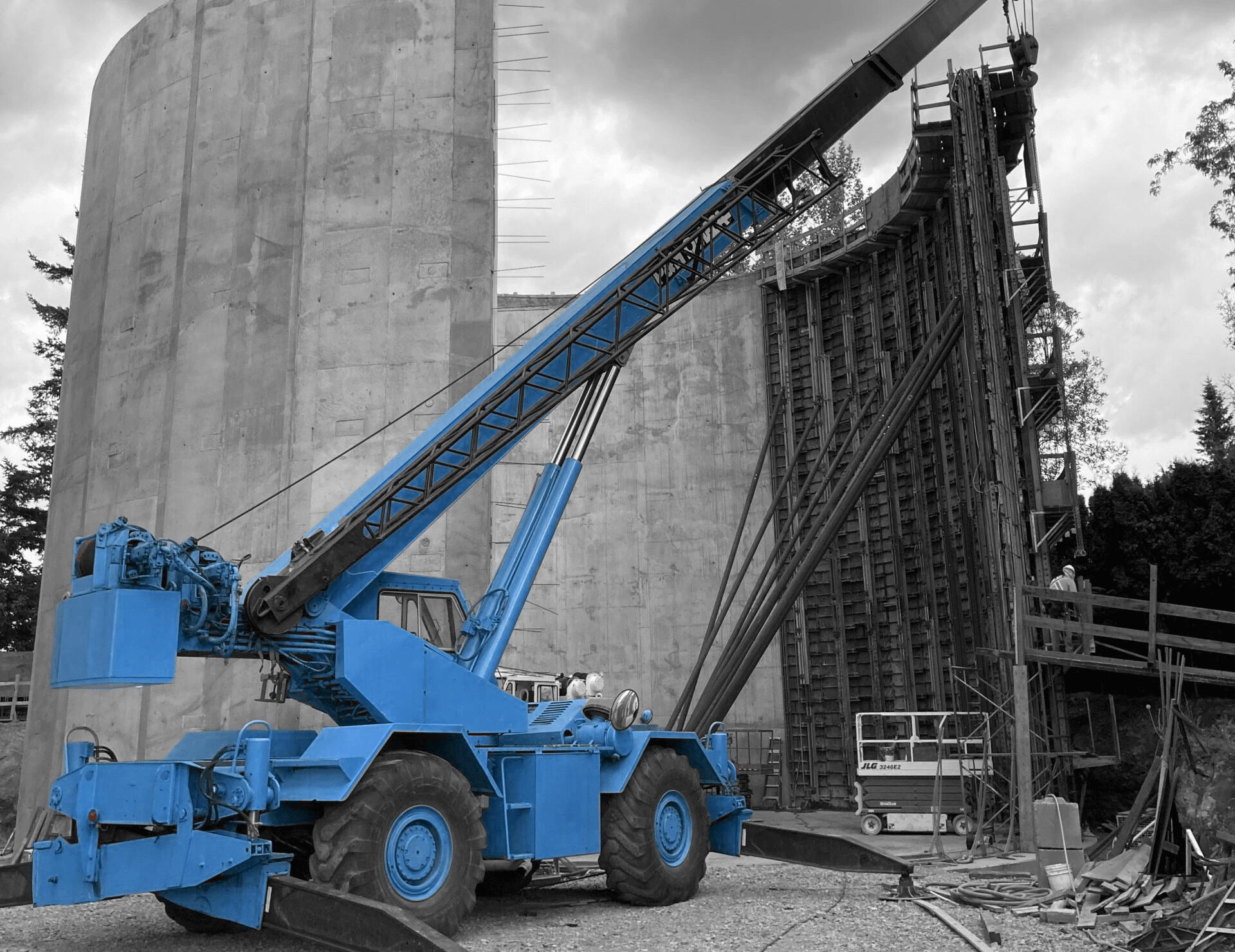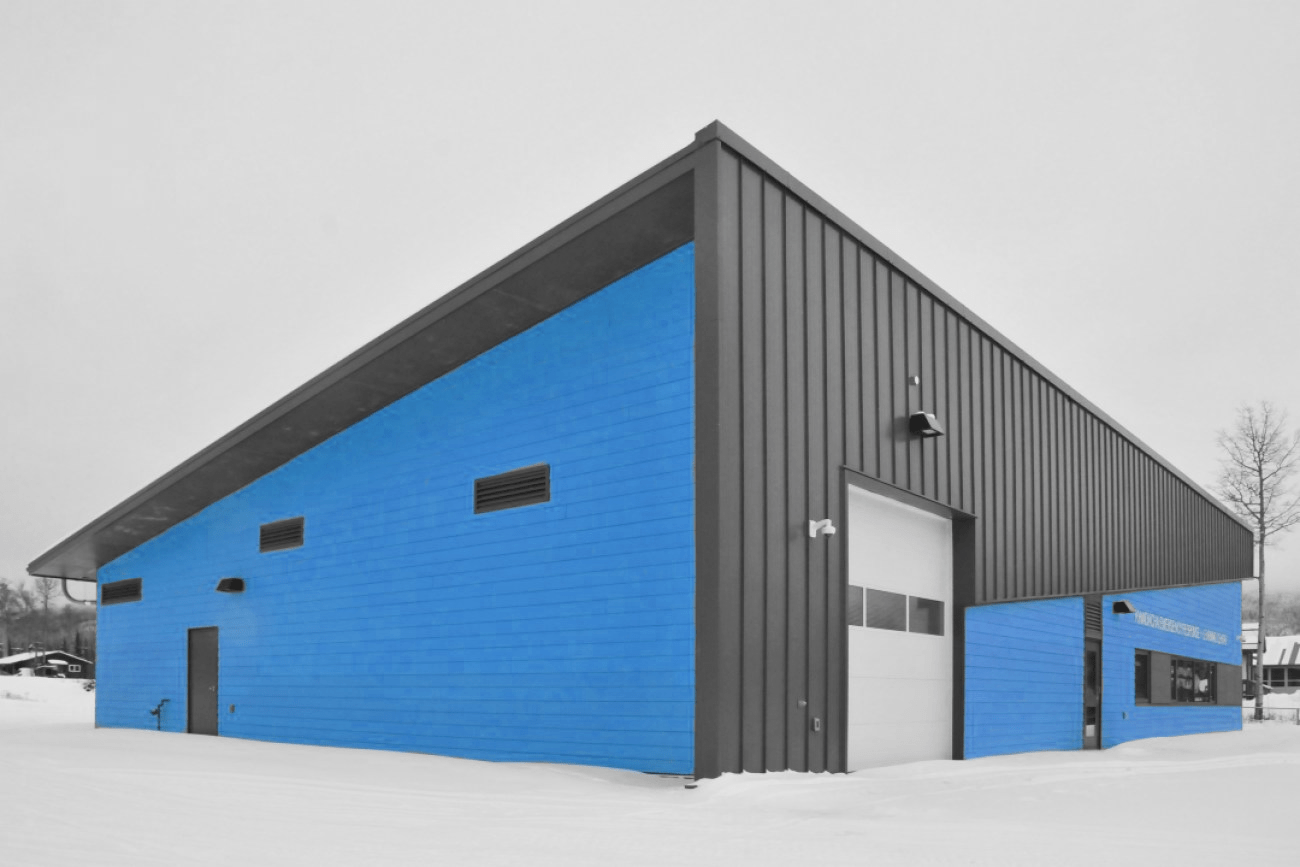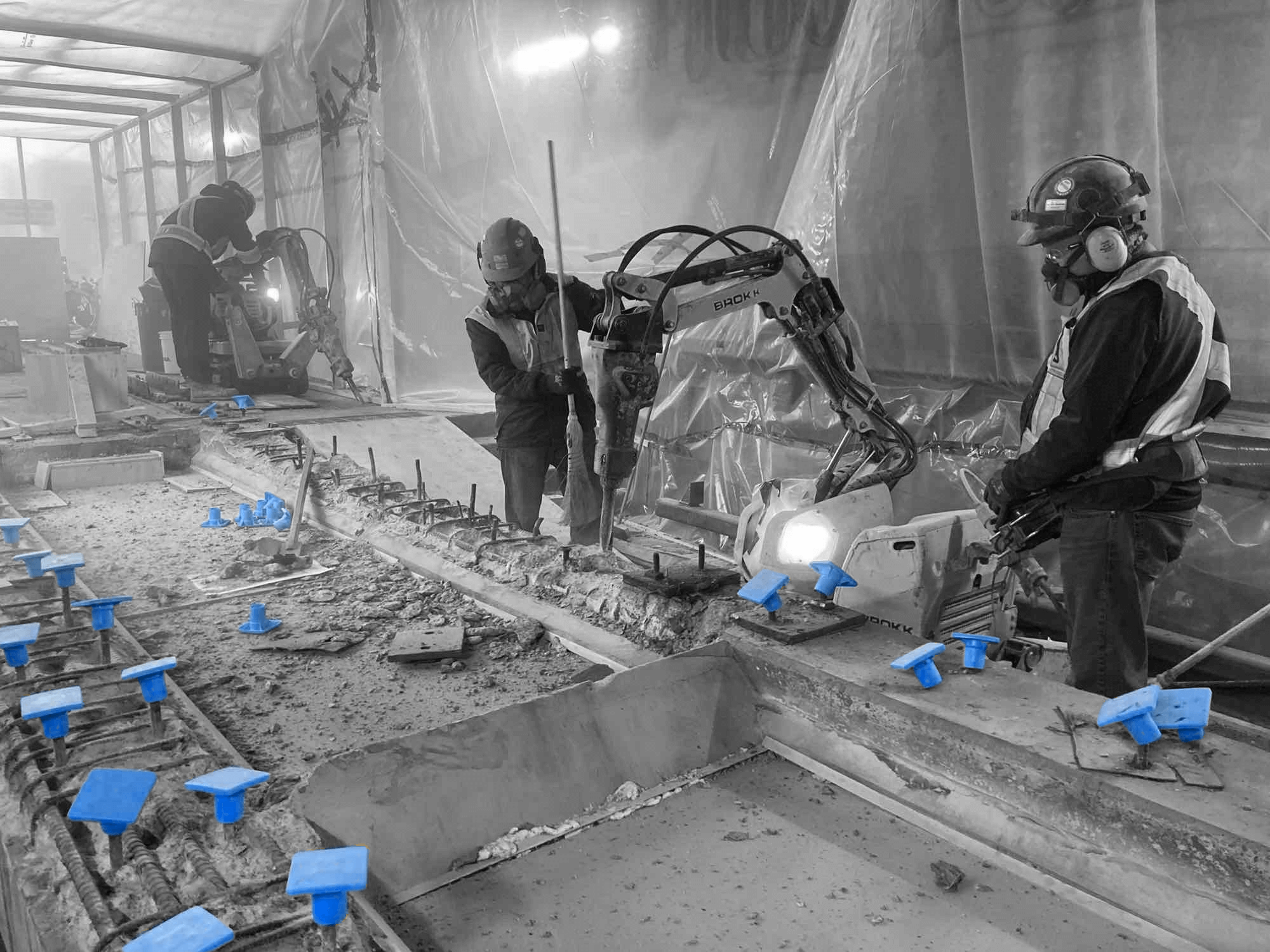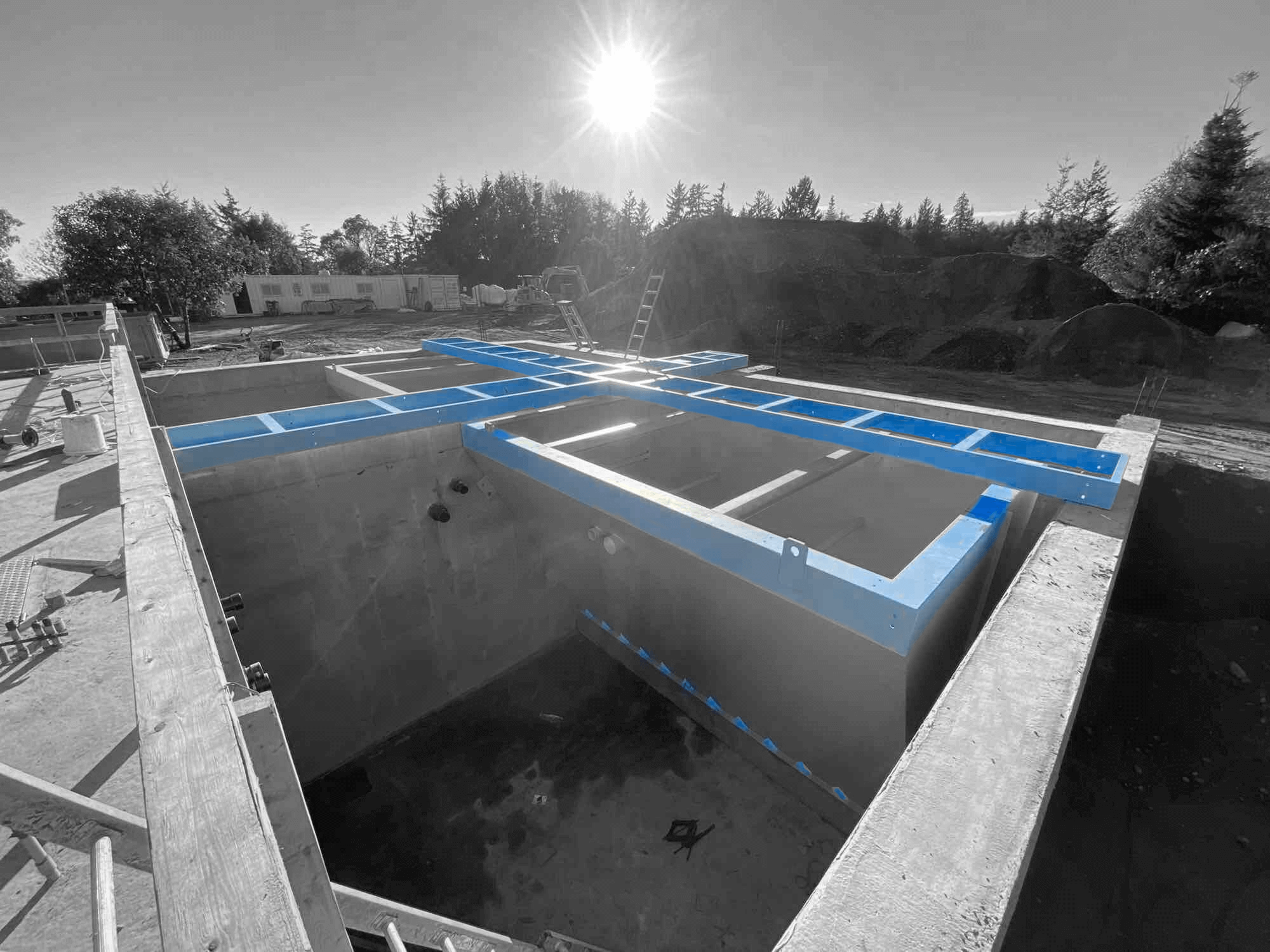Marine construction plays a vital role in supporting infrastructure that lies near or on our waterways. From ports and harbours to bridges and levees, each project faces unique challenges. One of the most significant, yet sometimes overlooked, threats is the weather. Marine construction projects, particularly in areas like Surrey, must contend with unpredictable and harsh weather conditions. Protecting these projects is not just about shielding a physical structure; it’s about ensuring the safety of workers and safeguarding significant investments.
Understanding how weather impacts marine construction can make all the difference in planning and executing successful projects. Severe storms, high winds, and heavy rainfall are some of the common elements that can disrupt progress, damage materials, or pose safety risks. Choosing the right strategies to protect against these conditions is critical for marine construction companies in these regions. The need to address these challenges with careful planning and innovation is as great as ever.
Understanding Seasonal Weather Challenges
Marine construction companies in places like BC or Ontario need to be savvy about the weather patterns that can affect their projects. Each season brings its own set of challenges. For instance, wintertime might introduce heavy rainfall and strong winds that can pause work or damage partially completed structures. Summer, on the other hand, might not pose the same intensity in storms, but can still bring sudden thunderstorms that challenge the schedule and require immediate response.
Consider the effects of severe storms. These can bring high winds that threaten scaffolding and unfinished parts of the structure. Heavy rain can lead to flooding that hampers on-site work, while fluctuations in temperature can impact the quality of materials used in construction. To handle these, preparation is key.
Here’s a look at some measures to understand and counter these challenges:
– Monitor the local weather forecasts consistently to prepare and make necessary adjustments.
– Use weather-resistant materials that can handle being exposed to certain elements before full construction is complete.
– Plan for possible delays with a flexible timeline that accounts for potential interruptions.
By anticipating the specific weather conditions typical for their region, companies can avoid many pitfalls. Preparing for what weather conditions each season can throw at them helps ensure that projects are completed on time and safely, without unnecessary setbacks.
Pre-Construction Planning and Risk Assessment
Preparation is key to handling weather challenges in marine construction. Before shovels hit the ground, conducting a solid weather risk assessment is a must. Understanding what kind of weather your project might encounter helps in crafting a plan that’s both practical and effective. It’s about predicting the unpredictable and being ready for it.
Start with a thorough site assessment. This involves looking at historical weather patterns specific to your location, like Surrey. Use this information to create a weather contingency plan. Such a plan will outline actions to take if severe weather hits, like pausing certain activities or securing materials.
Incorporating technology can make a big difference here. Tools like advanced weather prediction software can provide alerts and allow for real-time decision-making. Meanwhile, communication tools ensure every team member is informed promptly about changes in the schedule due to weather.
Weather-Resilient Construction Techniques
In marine construction, using methods and materials that can handle tough weather is a game-changer. Being equipped to tackle the elements means your structures stand stronger and longer. To achieve this, certain construction techniques and materials should be prioritized.
For instance, choosing materials that resist corrosion and are designed for marine environments will boost durability. Reinforcing structures with extra support where high winds are common makes sense, too. In areas like Mississauga, strategic building designs that minimise wind impact can enhance overall resilience.
Consider having backup options like temporary shelters for essential equipment. This limits exposure to rain or wind and protects investments. Remember, a well-thought-out approach during construction is about foresight and smart choices.
Ensuring Worker Safety
Protecting workers during extreme weather events is a top priority in marine construction. Ensuring that safety protocols are well-known and practised can prevent accidents when the weather turns rough. It starts with training your workforce on what to do in emergencies, highlighting specific procedures unique to marine construction.
Regular safety drills are not just routine—they can make a real difference. By being prepared, workers know how to react without panic. Additionally, having a robust communication system in place ensures that timely information is relayed efficiently.
Communication tools become essential during adverse weather conditions. These tools make sure everyone is updated about the changing situation, helping workers stay safe and informed. Always have the right gear on site, such as proper personal protective equipment for all weather conditions, reinforcing safety even further.
Conclusion: Safeguarding Your Marine Construction Investment
Protection against harsh weather begins long before any construction starts. It’s built into the way you assess risks, choose materials, and train your workers. Every step from planning to execution should uphold the idea that guarding against the elements is not just precaution—it’s an essential part of the construction process.
By keeping a watchful eye on the weather and having a smart plan in your pocket, your projects stand a better chance of facing less downtime. Being proactive means anticipating changes, being adaptable, and using modern tools to aid decisions. This diligent approach ensures safe work environments and the durability of your constructions.
Keeping your marine project secure is about far more than just weather—it’s an investment into its longevity and reliability. Working with experienced professionals who understand these challenges can help align the project’s course for smoother sailing, even when skies turn grey. It’s about striking the right balance between readiness and innovation.
With weather challenges looming large over marine construction projects, having experts in your corner makes all the difference. Trust Industra Construction Corp. to ensure your investments are well-protected from harsh conditions. Learn more about how one of the leading marine construction companies can help your project thrive, rain or shine.




